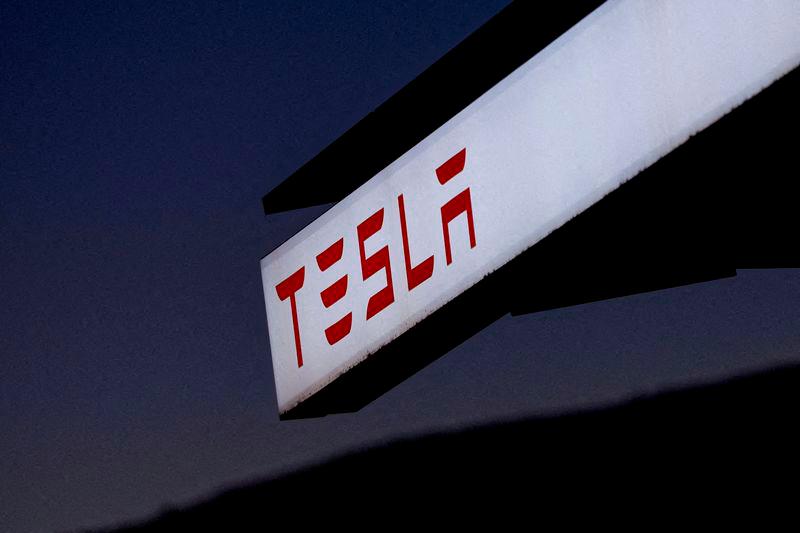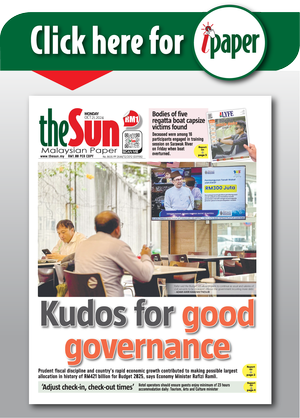TESLA has applied for a permit typically associated with chauffeur-operated services, according to California regulators, marking the first phase of a series of regulatory approvals required for the electric car maker to eventually launch a promised robotaxi service.
The automaker currently has the approval to test autonomous vehicles with a safety driver in California, but does not have a permit for driverless testing or operations from the state's Department of Motor Vehicles, which would be needed to apply for a driverless taxi service in the state.
Musk has in the past year pivoted Tesla to robotaxis as demand slows for its aging lineup of electric vehicles — a high-stakes bet that has lifted the company's stock but could face regulatory roadblocks. Investors are counting on the billionaire's close ties to U.S. President Donald Trump to simplify that process.
In November, Tesla applied for a transportation charter-party carrier permit from the California Public Utilities Commission (CPUC), according to an agency spokesperson. That classification means Tesla would own and control a fleet of vehicles, but is separate from the CPUC's autonomous vehicle permits.
Tesla did not respond to Reuters’ requests for comment. The CPUC told Reuters that getting the transportation charter-party carrier permit is a pre-requisite to receiving authorization to operate an autonomous ride-hailing service, but the current application would not allow Tesla to offer any autonomous vehicle rides to the public “in any capacity.”
Tesla would still need to apply for and receive a permit to operate an autonomous passenger service, according to the CPUC.
Based on California's regulations, Tesla would only be able to apply for an autonomous ride-hailing service with a safety driver in the vehicle. It would not be able to charge passengers for service.
Tesla would need additional permits from the California DMV and CPUC in order to operate the service without safety drivers in the vehicles, or to charge customers.
Tesla was offering an app-based ride-hailing service, with a safety driver, to employees in the San Francisco Bay Area, Musk said during an earnings call in October.
He added that Tesla would roll out driverless ride-hailing services to the public in California and Texas this year, without offering more specific details.
Earlier in October, Tesla revealed the Cybercab, a robotaxi concept that had no steering wheel or control pedals.
Musk in January said Tesla would begin offering “autonomous ride-hailing for money” in Austin this June, and said Tesla would release an “unsupervised” version of its Full Self-Driving (FSD) driver-assistance system in California this year, without offering more information.
He has said the Cybercab will go into production in 2026 and will also be available for customers to buy for less than $30,000.
However, with autonomous technology proving harder and more expensive to solve, industry experts have warned it could take Tesla several years to commercialize a robotaxi.
Bloomberg News first reported the Tesla application to California regulators. (Reporting by Chris Kirkham in Los Angeles, Akash Sriram in Bengaluru and Juby Babu in Mexico City.









